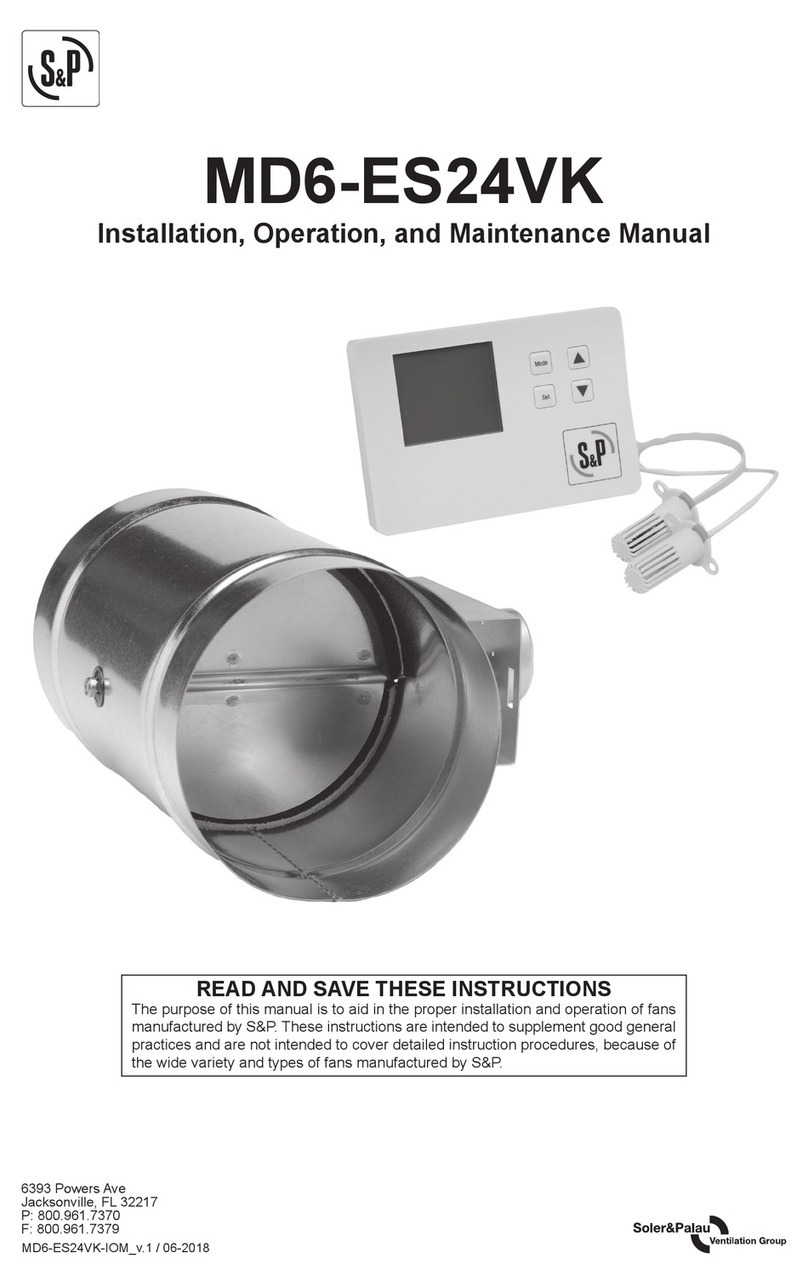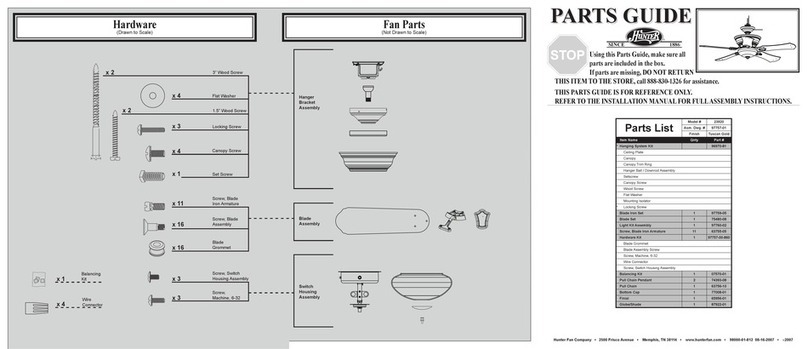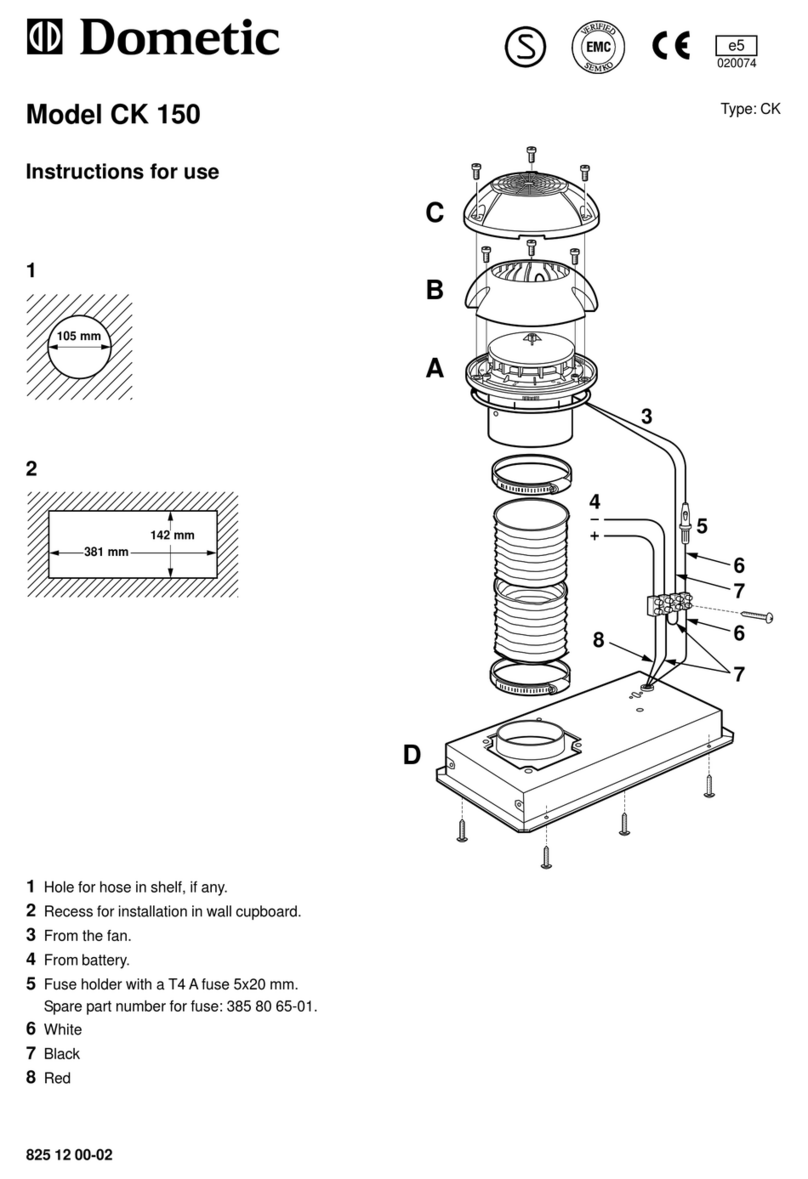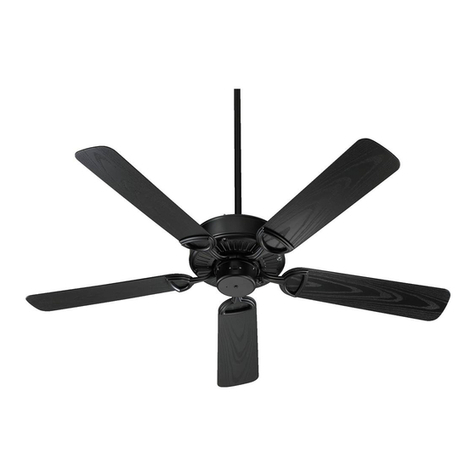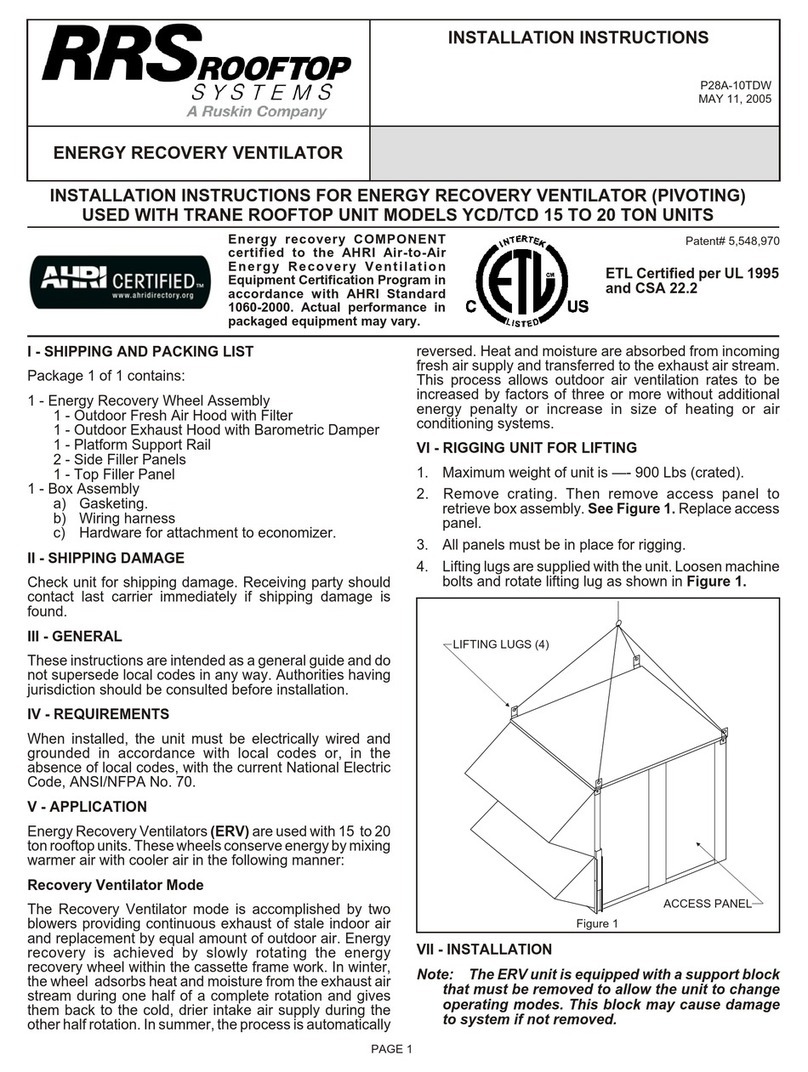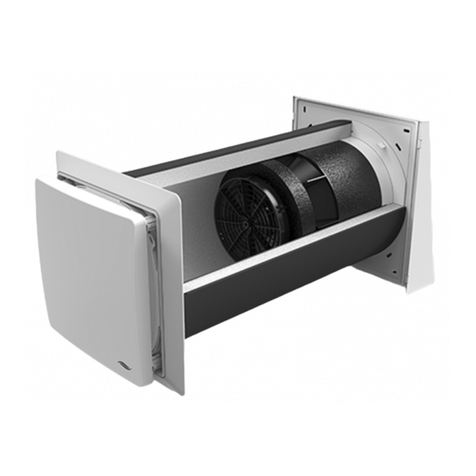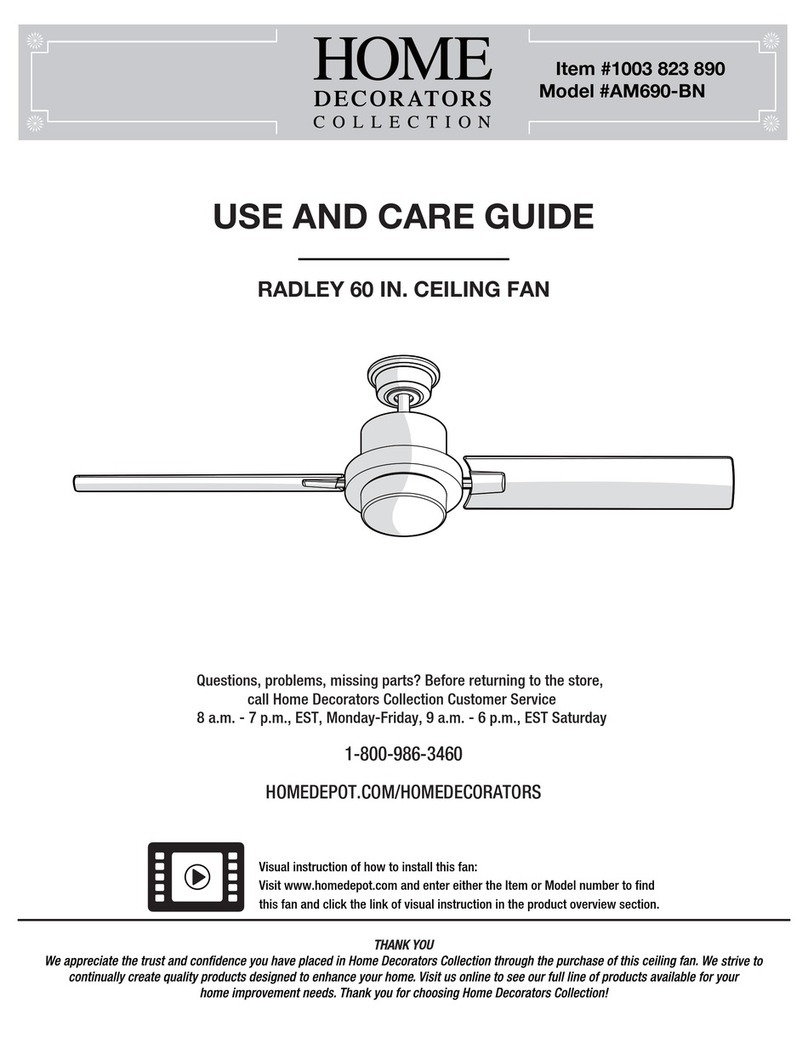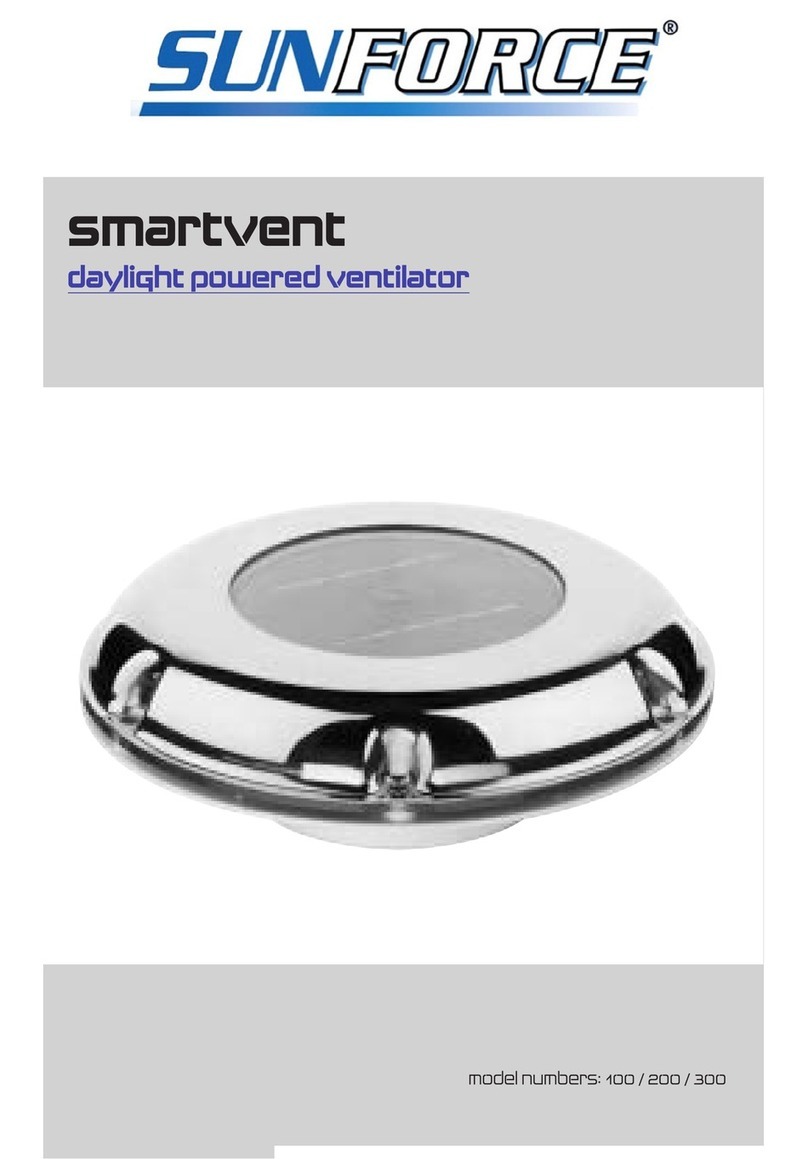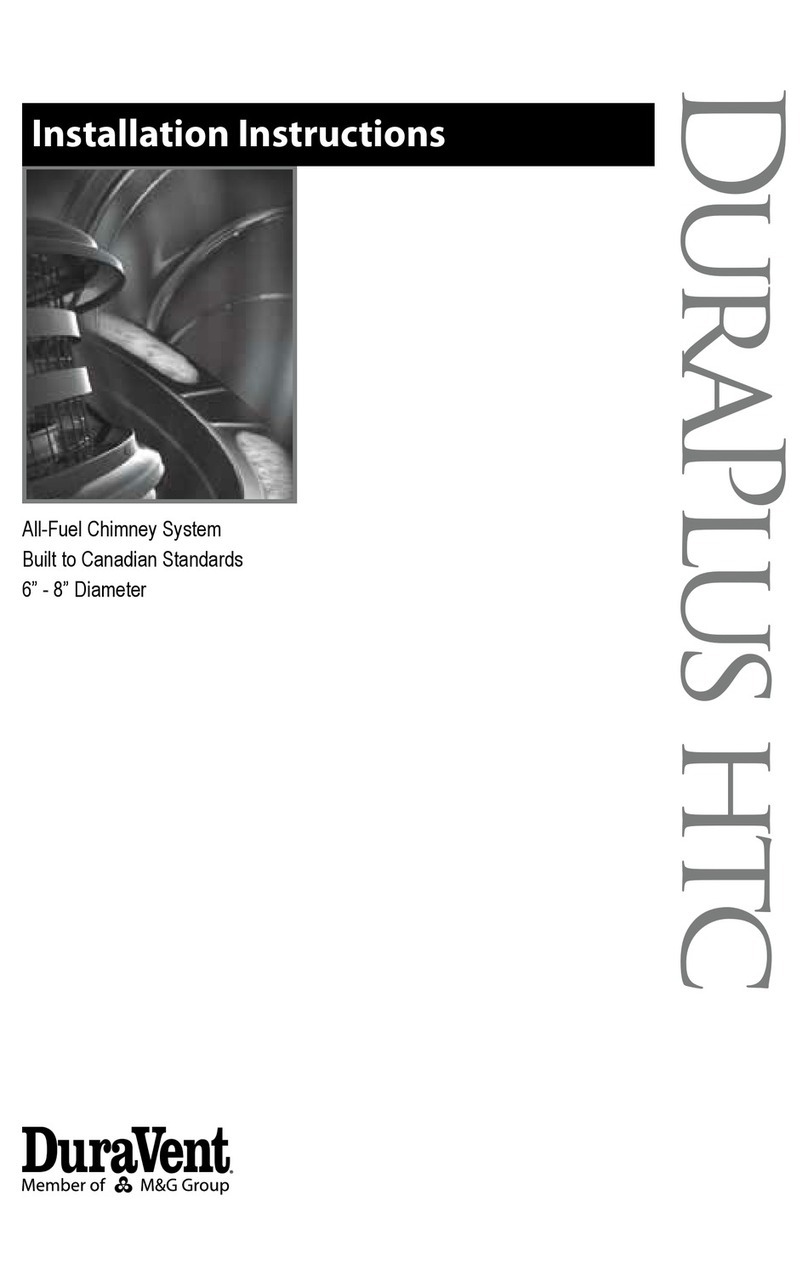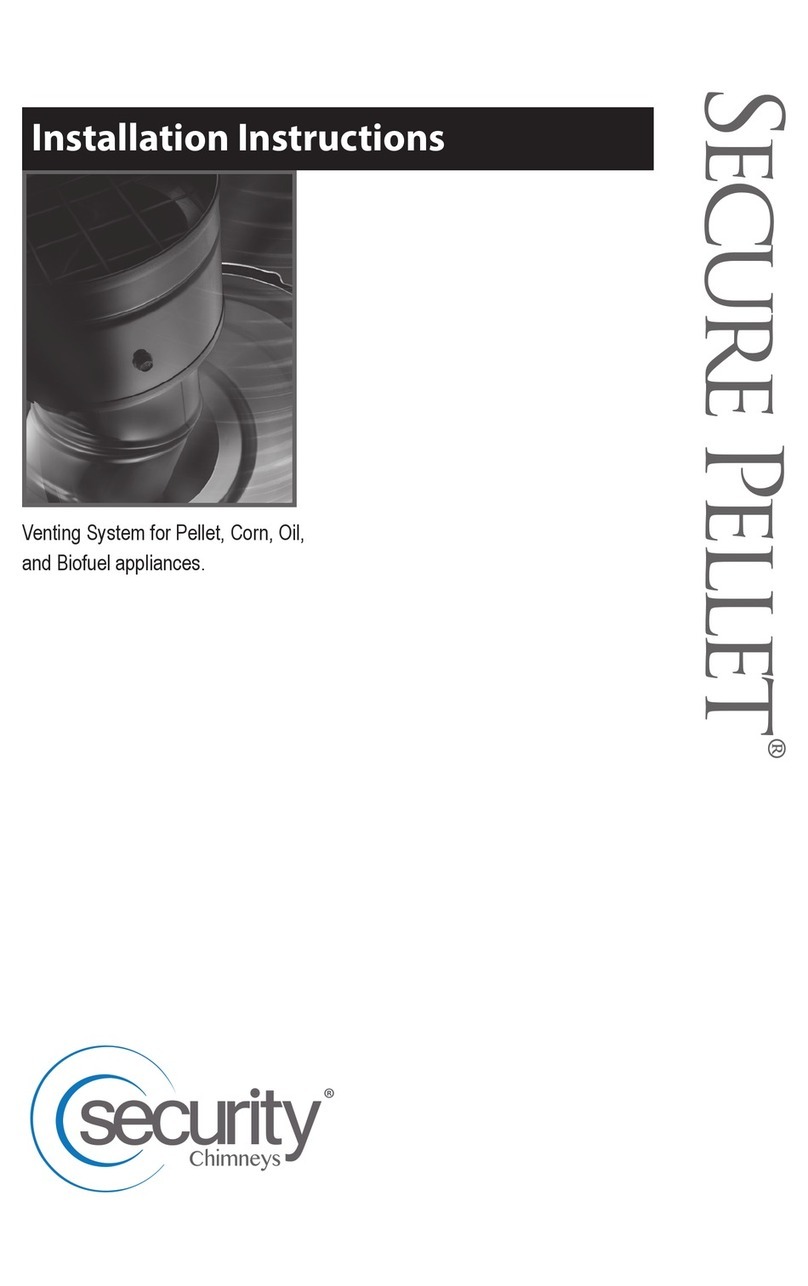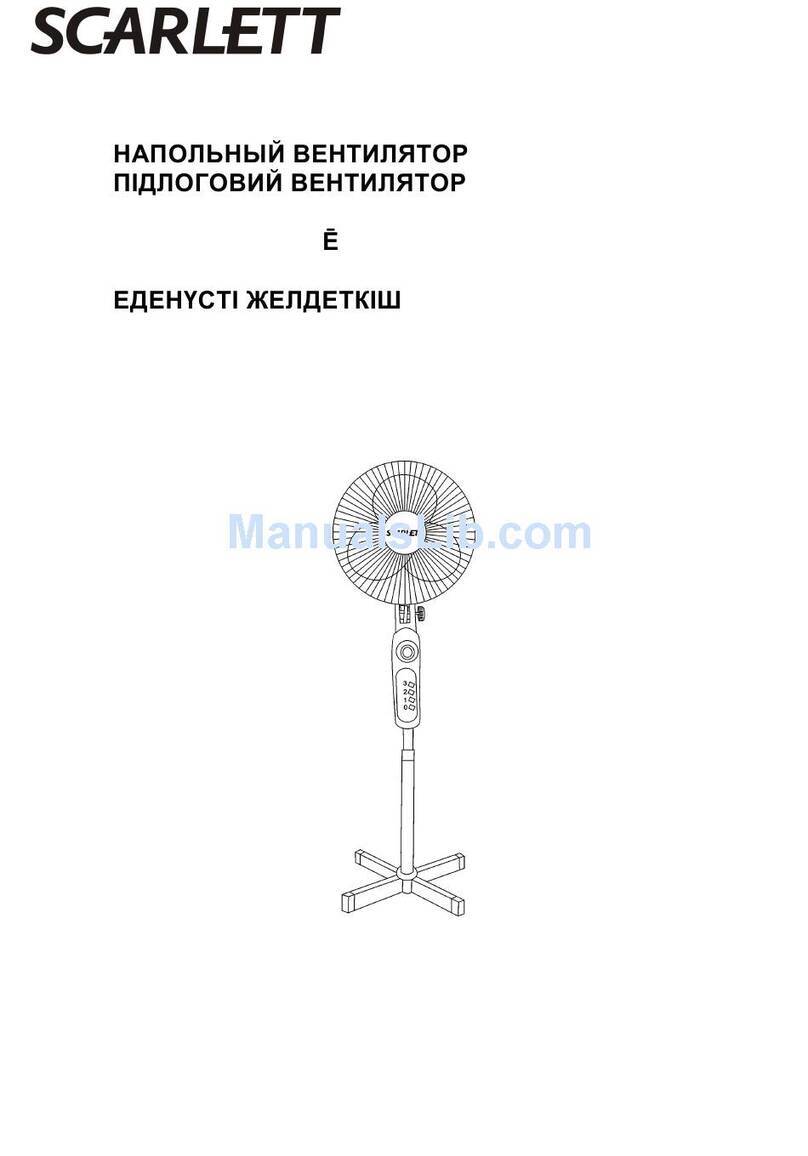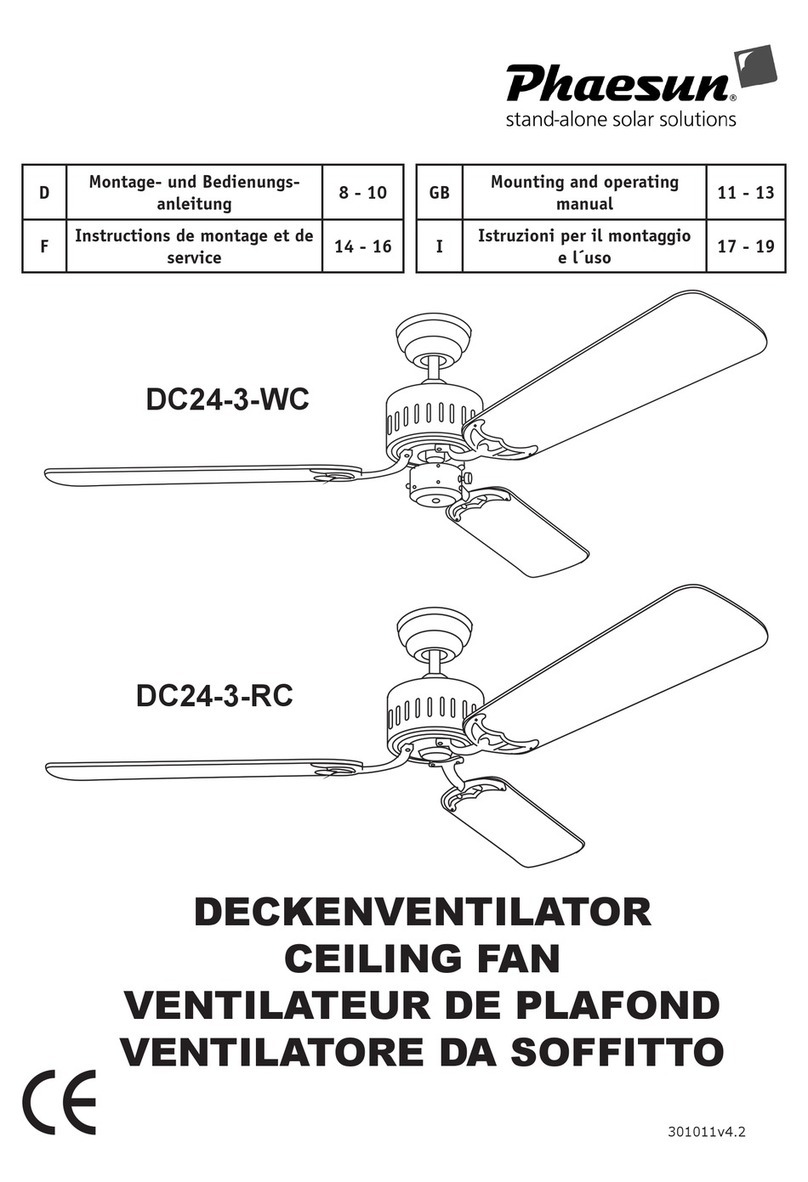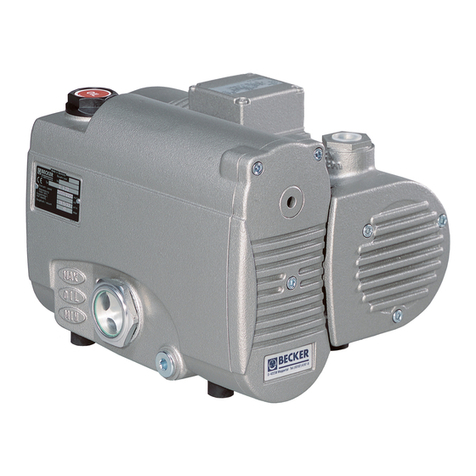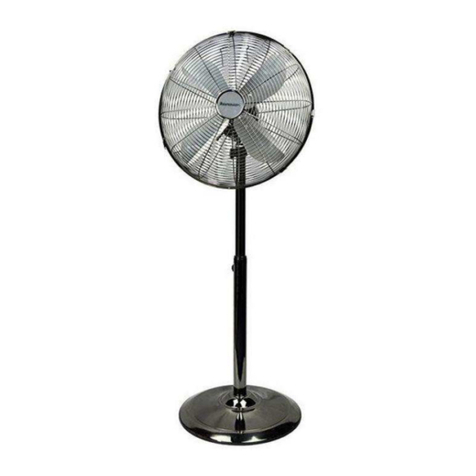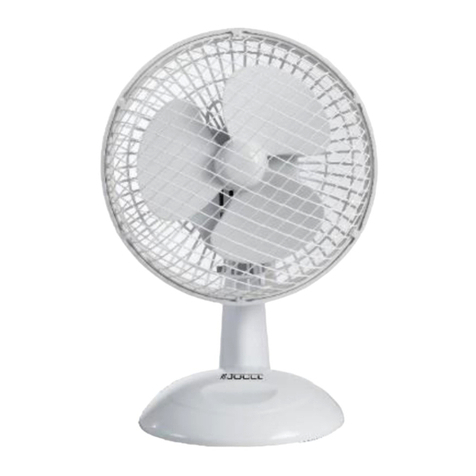
2
TABLE OF CONTENTS
SECTION A:
General Information for All MODELS
CAX1-(BC)
Introduction................................................................... page 2
Testing/ listing information............................................ page 2
Part numbers ................................................................. page 3
Eective length.............................................................. page 3
Clearances to combustibles ........................................... page 3
General installation requirements ................................. page 4
Chimney weight ............................................................ page 4
Support methods and height......................................... page 5
Guying and Bracing........................................................ page 5
Horizontal installation requirements ............................. page 6
Vertical installation requirements ................................. page 6
Roof/oor penetration .................................................. page 7
Maintain proper slope ................................................... page 7
Wall penetration ........................................................... page 7
Condensate drains ......................................................... page 8
SECTION B:
Specic Information for Model CAX1-(BC) (5" to 36")
Typical Installation ........................................................ page 9
Guying and Bracing ....................................................... page 10
Joint Assembly .............................................................. page 11
Straight Sections ........................................................... page 12
Installation steps forVariable Length (LV)
............................ page 13
CAPS .............................................................................. page 15
Elbows ........................................................................... page 15
Oset ............................................................................ page 16
Adapters ........................................................................ page 16
Supports ........................................................................ page 17
Ventilated Anchor Plate with Length ............................. page 18
Heavy Duty Wall Support .............................................. page 19
Heavy Duty Wall Guide .................................................. page 20
Full Angle Ring .............................................................. page 20
Half Angle Ring ............................................................. page 20
Location of supports ...................................................... page 21
Flashings and Storm Collar ............................................ page 22
Maintenance instructions .............................................. page 23
Warranty & Product Reference information ................... page 23
SECTION A:
GENERAL INFORMATION FOR ALL MODEL
CAX1-(BC)
INTRODUCTION
CAX1-(BC) double wall (5"TO 36") is a special stainless steel vent system
for gas red appliances listed as Category I, II, III, and IV in USA UL
1738 or in Canada asType BH Gas Venting as noted in ULC-S636, with
a maximum operating temperature of 480°F (250°C), and a maximum
rated positive pressure of 35” water column. Must be installed by an
experienced professional familiar with the operation and maintenance of
heating appliances and venting. Before installing this product, examine
all components for possible shipping damage and read the complete
installation manual.
Failure to follow proper installation procedures, including vent pitch and
improper appliance connections, may cause unsafe conditions. Security
Chimneys International Limited recommends the system to be inspected
once a year by a qualied service technician.
TESTING/LISTING INFORMATION
Security Chimney International, Ltd. Model CAX1-(BC) (5" TO 36") venting
system is listed with Intertek Testing Services (ETL) to UL/ULC standards:
U.S.A.
• UL-1738
Special Gas Category I, II, III
and IV appliances
This product must be installed in accordance with local building code
requirements as well as national codes: USA - National Fuel Gas code AN-
SI-Z223.1 or NFPA Standard 54, or NFPA 211. CANADA - CAN/CSA B-149.1
Natural Gas and Propane Installation code as applicable.
CANADA
• ULC-S636
Type BH GasVent Class I/II




















